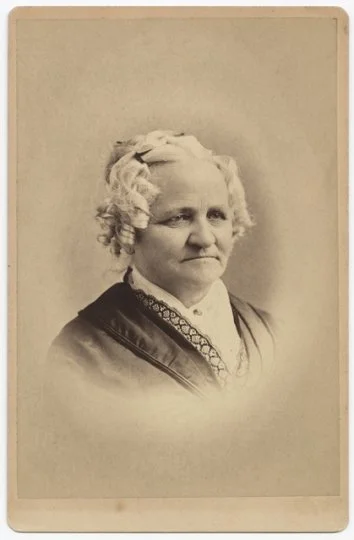The Seppman Mill
When Louis Seppman started building his wind-powered grist mill near Mankato in 1862, he didn’t really know what he was doing. He only got the first 10 feet of stone walls built before running out of money.
It took another two years using a wheelbarrow and a ramp to finish the 30 foot stone walls.
He then built the windmills’ arms, or “sails”, that spanned 72 feet - which is about two telephone poles end-to-end. He hand-carved all of the mechanisms needed to convert the wind into power out of wood. His ingenious design built the dome cap on a rail, so it could be rotated and so the sails catch the most wind. Then he went all the way to St. Louis, Missouri to buy the millstones.
It took ANOTHER six weeks for any wind to blow. Seppmann was opposed to working on the Sabbath but when God decided to send the first wind in over a month on a Sunday, he ran with it and that wind picked up until the windmill was spinning so fast that the overheated wood was on the verge of catching fire. They threw whatever they could find into the gears to make it stop.
After adding some brakes, Seppmann was finally in business. Over the years, the mill was struck by lightning, hit by a tornado and lost its sails in a bad storm - but on a good day, the mill could turn out 4 tons of flour and it did, for 26 years until shutting down in 1890.
My favorite thing is that Seppman built a little platform at the top, where he could sit and smoke a pipe looking out over the prairie while the mill worked. Today, the mill overlooks the prairie that has become the Bison Drive. . It’s a wonderful spot to see the bison wander over the open land and you might even spot a new calf or two.
Louis would have loved the view.
















